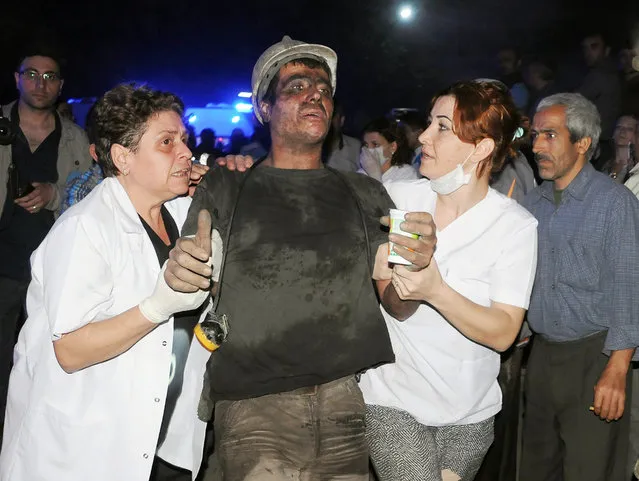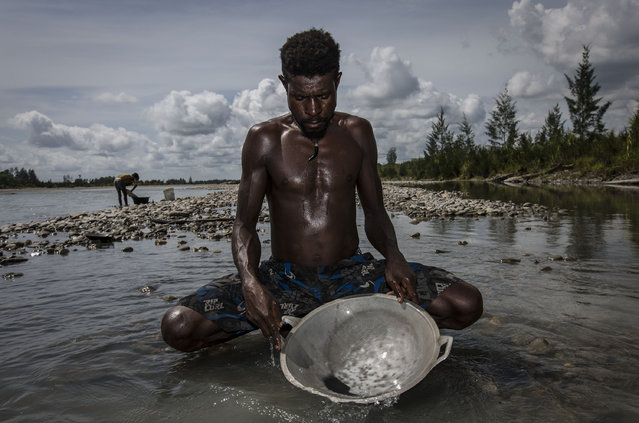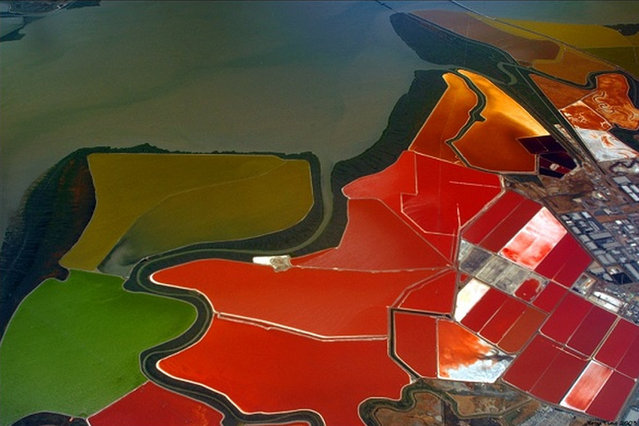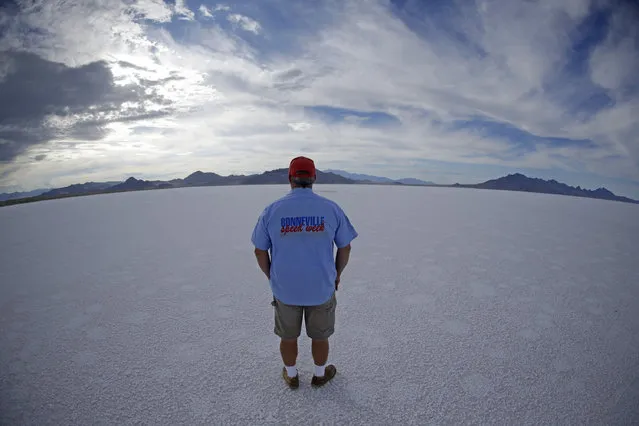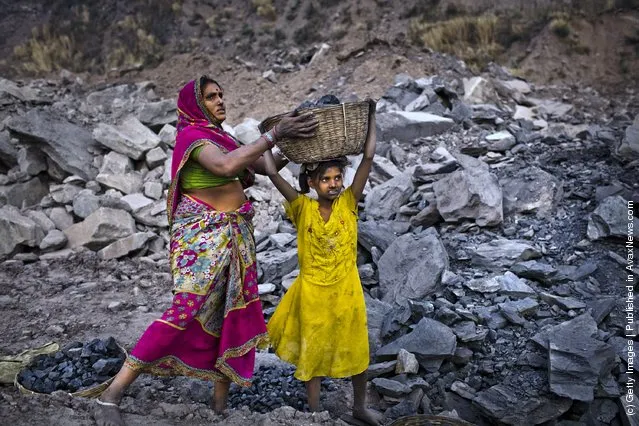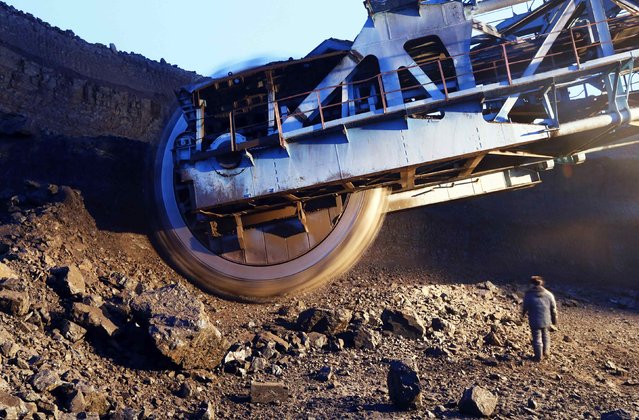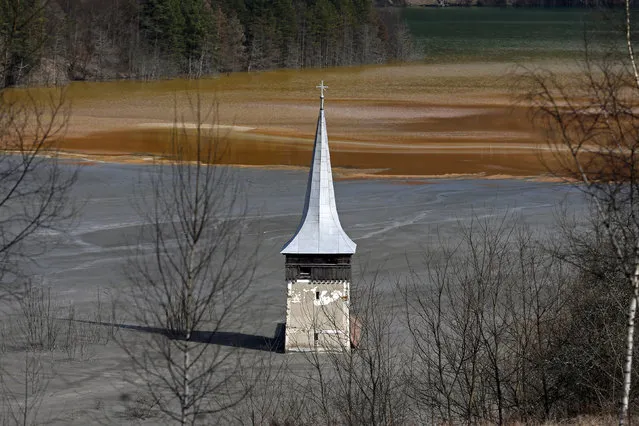
The old church of Geamana village is seen partially submerged by polluted water tainted with cyanide and other chemicals near Rosia Montana, central Romania, March 24, 2014. (Photo by Bogdan Cristel/Reuters)
23 Sep 2014 12:48:00,post received
0 comments

